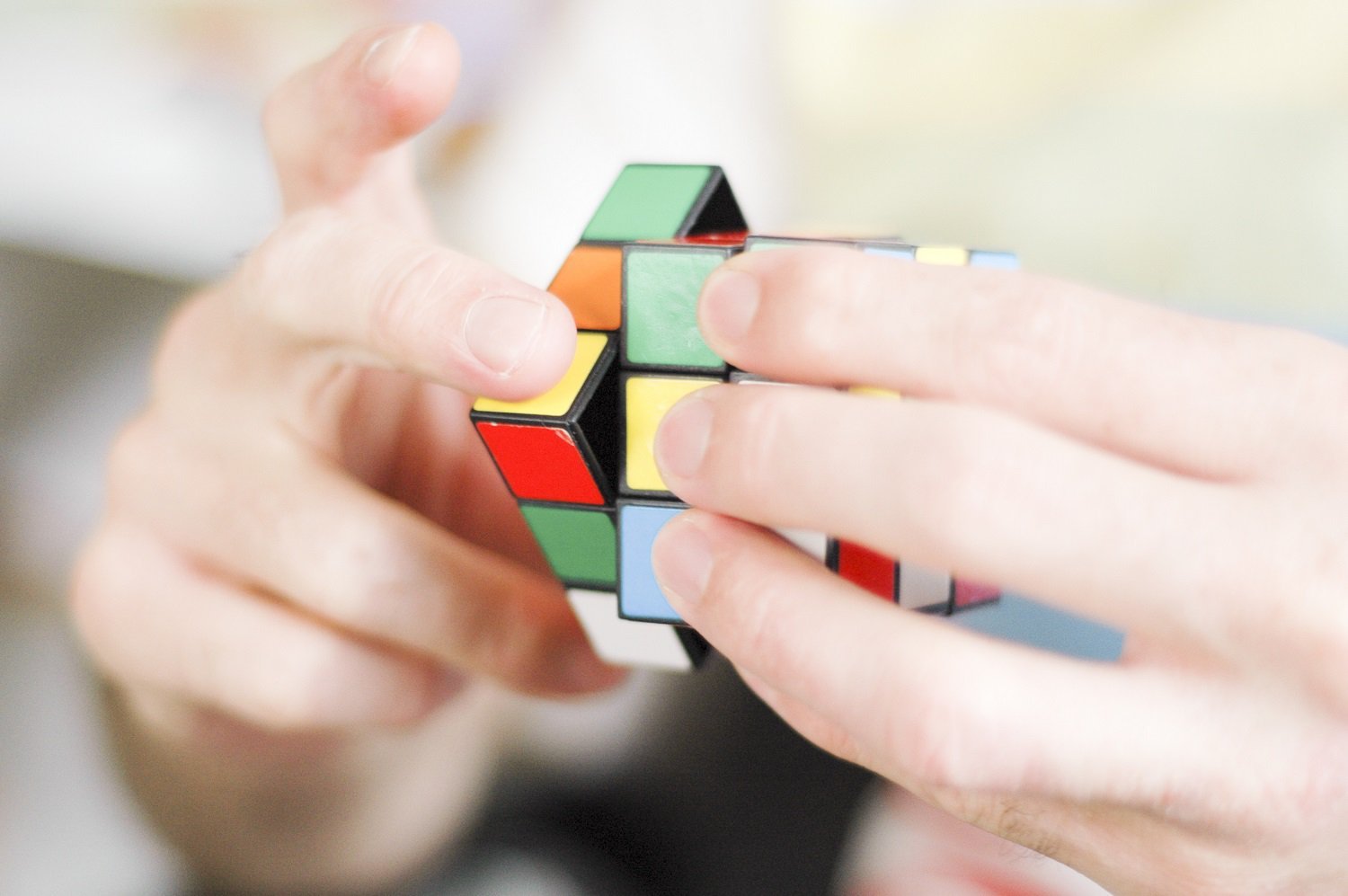The brain, like any other muscle in the body, can be treated as such and worked out on a regular basis. In fact, we don’t just recommend it, we’re saying it’s absolutely necessary to work on your intelligence, reasoning and cognitive capabilities. Because, if you don’t, much like muscles in the body, these functions will deteriorate. But, enough of the gyan, let’s get right down to 10 daily exercises that are extremely easy to do and will definitely increase your brain function and cognitive abilities.
Try out these 10 exercises and tell us how they works out in the long run.
1. Play with puzzles as much as you can.
It is no surprise that playing puzzle games on a regular basis has been known to reduce the risk of diseases like Alzheimer’s, owing to the fact that these puzzles help with neurogenesis (the growth of new nervous tissue). Regular newspaper crosswords and Sudoku games are a good place to start. The better you get at these, the more you can start challenging yourself with them.

2. Use your non-dominant hand for daily chores, like brushing your teeth or combing your hair.
This is a simple and age-old trick to fire up neurons in the less dominant hemisphere of your brain. Scientific studies have often pointed out that the use of the non-dominant half of your body for normal tasks, increases the cortical surface area (literally increases cognitive capabilities). Just switch the arm that you usually use for simple things like brushing your teeth. You can even switch and reverse the mouse controls on your computer and swap the hand.

3. Practice sleight of hand.
Now, this is a little difficult and requires quite a bit of practice. But, not only is it a cool party trick that you can show off to your friends, with coins and cards, just practicing sleight of hand and working on your dexterity is a great exercise for the brain. Working on tricks that require a sleight of hand helps increase concentration and thickens the cerebral cortex. Certain studies show how working on dexterity can also vastly improve memory.

4. Take familiar objects around and turn them upside down.
As easy as this sounds, this exercise is a mind-fuck. Take the usual deo-spray can or even family pictures, and turn them upside down. What this exercise basically does is to switch brain function from your verbal hemisphere (or logical half) – which tends to overlook things it sees on a regular basis – to the right hemisphere which focuses on shapes and shades. To make it a bit of a challenge, you can even turn the wall clock upside down and try and tell the time like that. It ain’t easy, but it’s a sure fire way to get that brain working.

5. Keep changing your morning routine.
And, by this we mean, the change could be as simple as a jumbling up your morning routine. You could try drinking a cup of coffee before brushing your teeth, if it’s the opposite of what you’re used to. Straying from the regular everyday routine as much as you can has been proven to increase brain activity and thicken the cerebral cortex.

6. Try out everyday routines, blindfolded.
Try doing something simple like eating, making some juice or even taking a bath with your eyes closed. Obviously, you need to be careful while you do this, but relying completely on tactile sensations (touch) to get tasks done has been proven to excite areas of the brain that are often neglected.

7. Learn a new language.
Again, an exercise that’ll take a little patience, which you can practice on a daily basis. Pick up any new language that you feel like learning and invest time into it. Polyglots are known to have better reasoning and cognitive abilities, and of course, just knowing how to speak in more than two or three languages is a huge plus in life. Try learning how to read and write in different languages, and watch foreign films with the language you’re trying to learn.

8. Try reading books differently, every now and then.
If you read quietly to yourself, you could try reading out aloud. Do this if you have a friend or partner that you’re sharing the book with. One can read out the book aloud while the other listens, and then both of you can switch roles of reader and listener in intervals. This exercise helps the brain deal with the same task in different manners. Like we said before, ‘different’ is always good.

9. Try smelling new aromas and tasting different flavours.
The olfactory lobe (relating to the sense of smell) has a direct connection to the emotional network in the brain. Which is why certain tastes and smells often trigger memories and emotions when you experience them. Trying out new tastes and aromas can also work as an anchoring system, and help attach pleasant memories and emotions to pleasant tastes and smells. Try out a new perfume, or a new cuisine every now and then. In fact, with aromas, you can even anchor a good feeling to certain kinds of smell. Take a whiff of your perfume the next ten times you feel really happy or excited.

10. Talk to new people everyday, and talk a lot.
Certain studies have indicated toward a connection between the lack of communication and decrease in cognitive function. What you need to do is to step out and talk to as many strangers, or old friends, as much as you can. Find anyone interesting and strike up a conversation about whatever has intrigued you. Communication with strangers is also a great way to build confidence.


















